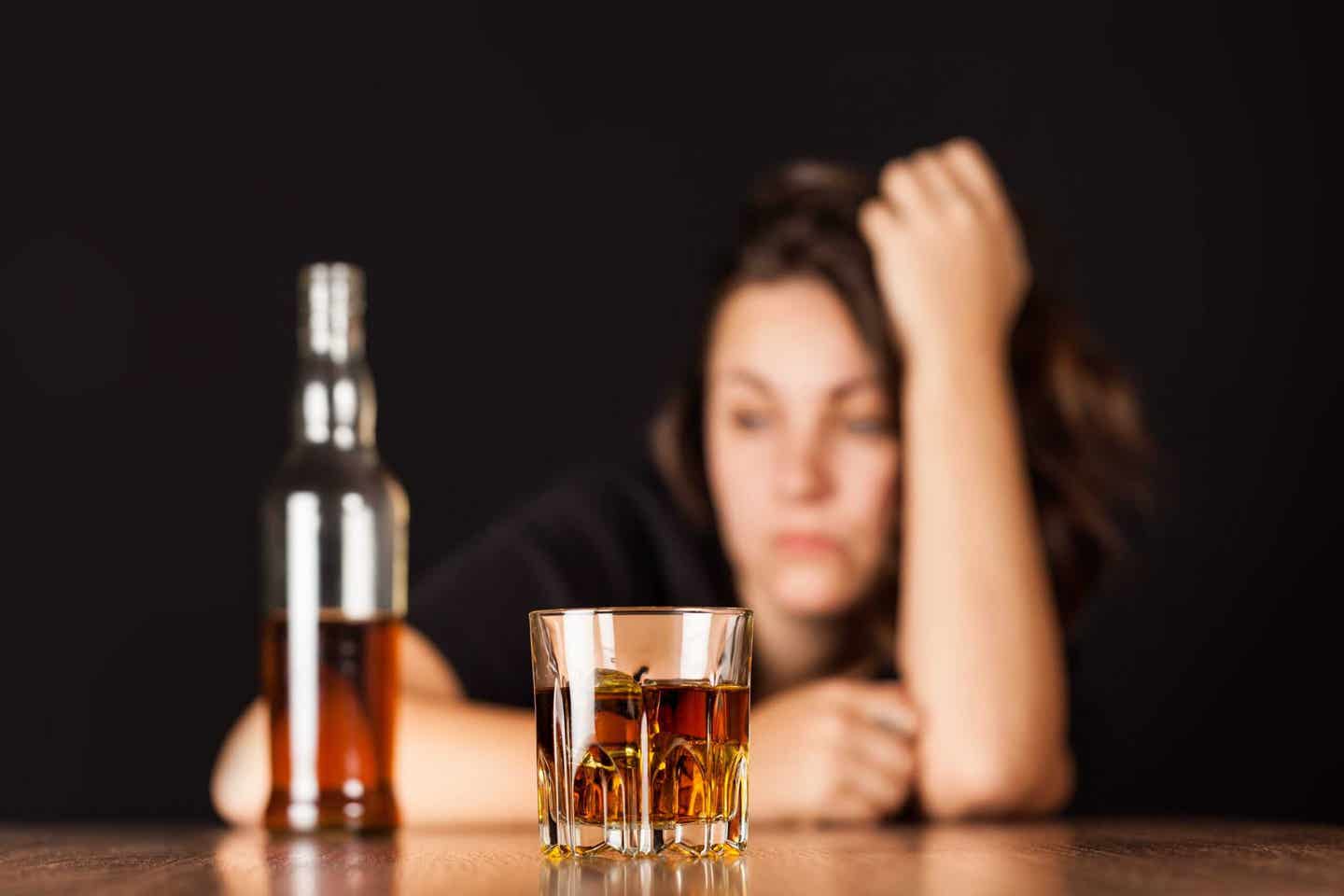FDA-approved drug may also treat alcoholism and withdrawal pain
A new study shows apremilast, a drug approved for inflammation, may help treat both alcohol addiction and pain from withdrawal.

In a new animal study, researchers tested a medication called apremilast. What they discovered could open new doors for people struggling with alcohol use disorder and the physical pain that often comes with it. (CREDIT: Adobe Stock)
A common drug used for inflammatory skin conditions may hold the key to treating both alcohol addiction and pain sensitivity. That’s what scientists at a leading research institute have found. In a new animal study, researchers tested a medication called apremilast. What they discovered could open new doors for people struggling with alcohol use disorder and the physical pain that often comes with it.
Apremilast, already approved to treat psoriasis and joint inflammation, blocks an enzyme called PDE4. This enzyme plays a role in how the body responds to inflammation. But researchers now believe it also has an important role in how the brain processes pain and addiction.
When tested in rats, apremilast not only reduced alcohol consumption, but also helped with mechanical allodynia—a condition where even a light touch causes pain. This type of pain is common in people with alcohol use disorder and can last for weeks even after drinking stops.
One Drug, Two Big Problems
Alcohol use disorder (AUD) affects over 400 million people worldwide. For many, quitting drinking isn't just about breaking a habit. It’s about managing the physical and emotional pain that goes with withdrawal. Pain is a major reason people relapse. But until now, treatments for alcohol addiction rarely included ways to ease that pain.
In this new study, rats genetically prone to drinking alcohol were compared with regular lab rats. Both groups had access to alcohol. Some received apremilast, while others got a placebo. The results were clear.
Rats that took apremilast drank less alcohol, no matter their sex or strain. But the drug also helped reduce pain that followed drinking—even weeks later, during withdrawal.
Dr. Marisa Roberto, the senior author of the study from Scripps Research Institute, explains why this matters: “Our findings highlight the therapeutic value of apremilast to reduce co-occurring drinking and mechanical allodynia in long-term abstinence—a critical component of harmful drinking and AUD psychopathology.”
Mechanical allodynia, often caused by changes in the nervous system, makes even light pressure feel painful. It’s not just annoying—it can increase stress, worsen withdrawal, and trigger relapse. But apremilast worked to relieve this pain, and not just right after drinking stopped. Its effects were still strong weeks later.
Related Stories
Different Responses in Male and Female Rats
The research also uncovered some key differences based on sex. While apremilast reduced pain and alcohol intake in most groups, some male rats didn’t respond to the drug’s pain-relieving effects. These results show why it’s so important to consider biological sex in medical studies, especially when it comes to brain-related disorders like addiction.
As lead author Dr. Bryan Cruz notes, “At specific time points, the patterns of reduction differed between males and females, as well as between strains.”
These differences may reflect how male and female brains process alcohol, pain, and medication. That’s why future research must look more closely at how sex affects drug response, especially for treatments aimed at the brain.
A Closer Look Inside the Brain
The team didn’t stop at behavior. They also looked at brain activity. In slices of brain tissue taken from the central amygdala—a region linked to both stress and addiction—they studied how apremilast affected neural signaling.
In regular lab rats, apremilast increased activity in a system that uses GABA. GABA is a chemical messenger that helps calm the brain. It’s often low in people dealing with stress or addiction. Boosting GABA can help lower pain and anxiety. However, in the rats bred to crave alcohol, apremilast didn’t have the same effect on GABA. This suggests their brains had adapted differently due to heavy drinking.
The drug’s impact on GABAergic transmission hints at how deeply alcohol can rewire the brain. It also shows why some people may need different treatments depending on their drinking history or genetics.
The study found that alcohol increased levels of PDE4 genes in the brain, especially in males. This supports the idea that inflammation and brain changes caused by alcohol are linked. By blocking PDE4, apremilast may stop or reverse some of these harmful changes.
Next Steps: Targeting More Than Just Drinking
Scientists now want to explore whether apremilast can do more than ease pain and curb alcohol use. Many people with AUD also face anxiety, especially during withdrawal. Anxiety is another major reason people relapse. Treating it could help people stay sober longer.
“For over a decade, it’s been well-established that withdrawal-induced anxiety is a major driver of relapse,” says Dr. Roberto. “Therefore, addressing other key components of the addiction cycle is critical, as many individuals use alcohol to cope not only with physical pain but with emotional distress as well.”
That’s where apremilast may shine. By working in both the body and the brain, the drug might offer a two-for-one approach—fighting the physical and mental symptoms of alcohol withdrawal.
Other drugs that block PDE4 have shown benefits for pain, but apremilast is already approved by the FDA, which could speed up its use in new treatments. Still, clinical trials in humans are needed to know if the benefits seen in rats hold up in people.
For now, this study gives hope to those looking for better ways to treat alcohol addiction—especially people who also suffer from chronic pain or anxiety. If future studies confirm these findings, apremilast might become a valuable tool in breaking the cycle of addiction and relapse.
Research findings are available online in the journal JCI Insight.
Note: The article above provided above by The Brighter Side of News.
Like these kind of feel good stories? Get The Brighter Side of News' newsletter.



